| Feb 17 |
Archive for the 'Myths, legends, folklore' Category1 unicorn + 13 heroines = a busy springI have 2 books being published in the space of a couple of weeks this spring. The Legend of the First Unicorn – a picture book about the origins of Scotland’s national animal, written by me and illustrated by Nataša Ilinčić – comes out on 20 Feb (though most of the launch excitement will be around National Unicorn Day on 9 April.) 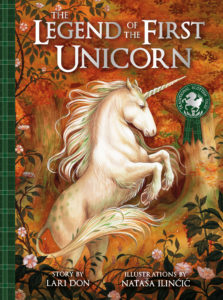 Fierce Fearless & Free – a collection of traditional tales about strong girls defeating their own monsters and solving their own problems, retold by me and illustrated by Eilidh Muldoon – comes out on 5 March, just before International Women’s Day on 8 March . 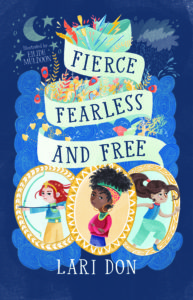 So why does that add up to a busy spring? I’ve already imagined, pitched, researched, drafted, written, edited and proofread the books. Surely I can just move onto the next book now? Well, not really. It would be a bit daft to put all that work (at least a couple of years’ work, for each of them, in amongst writing novels…) into any book, and then not bother to tell people about it! So, over the next few weeks and months I will be: appearing at various festivals doing author events and signings in bookshops visiting schools writing blog posts writing articles doing radio interviews and spending slightly too much time on Twitter … All to share my excitement about the books, tell people about the books and perhaps encourage people to buy the books (though remember you can borrow my books from libraries for FREE…) And it’s all very time-consuming, especially when I have a deadline for the next novel (shh, I’m not allowed to tell people out it yet!) later this spring. But it’s also great fun. I love sharing stories, and seeing readers’ reactions to new books. I hope to meet some of you at events (check out my diary…) or hear feedback about what you think of the two new books! |
| Sep 16 |
Archive for the 'Myths, legends, folklore' CategoryThe magic of working with an illustratorI always discover something new at the Edinburgh International Book Festival. But not usually about my own books! I did an event with the lovely Sara Sheridan about our two different picture books based on the same monster – Nessie. We both intended to start the event with a short visual presentation about how our books were created. But my writing process is mostly scribbles on bits of paper, which isn’t that compelling visually. So I asked the illustrator of the Treasure of the Loch Ness Monster, the amazing Nataša Ilinčić, if she had any pictures of her creative process I could show, because her process is obviously more visual than mine. I expected a few sketches of Nessie’s evolution, as Nata worked the shape and character of the monster, and perhaps some sketches of her background research. She did send those, and they were fantastic. But she also sent a few photos which just blew my mind. I discovered that when she was sketching the treasure chamber under Castle Urquhart, she actually built a 3D paper model of the chamber! Look… She didn’t just sketch the treasure chamber. She MADE it. Then she put it in front of a window to get the light and the perspective right, in the sketch, then in the illustration. Isn’t that amazing? Isn’t that just so… magical? But also, really practical! I feel overwhelmingly privileged that Nata put so much effort and thought and creativity into just one page of our book! So, that’s what I learnt from this year’s book festival. Nataša Ilinčić is practical and magical and amazing. And we can never know how much work goes on behind the scenes of a picture or a scene or a chapter of a book… I’m delighted to let you know that Nataša is currently working on the illustrations for our next book together: The Legend of the First Unicorn. I wonder what practical magic she’s building in her studio right now? |
| Jul 06 |
Archive for the 'Myths, legends, folklore' CategorySEARCHING FOR THE STORYOne of the greatest pleasures of writing adventure books set in the Scottish countryside is researching locations: up hills, on beaches, and in lots of beautiful bits of Scotland. But I don’t just go for a wander somewhere pretty! I visit potential locations to find out what’s there, but also to imagine what isn’t… For the Fabled Beast series, I mostly researched locations I already knew from family holidays, like the Ring of Brodgar and Dunvegan Castle, or well-known tourist locations that were easy to find on the map, like Smoo Cave and Dunadd fort. For the Spellchasers trilogy, I revisited woods and rivers and hills and moors that I knew from my Speyside childhood, and looked at them with a writer’s eyes, which was a slightly odd experience. However, for my new series (which doesn’t have a name yet, and I can’t give away any spoilers – mostly because I’m not sure what happens in the end myself…) I’m mostly setting the action in places I’ve never been before, and often choosing to visit places that aren’t well-known, and aren’t always marked on a map… So I might think: I want to defeat this monster, where could we do that? And after a bit of research I find an ancient poem hinting at a mysterious weapon used at a real historical battle, and decide to visit the site of the battle… Or I might think: I want to write about that magical creature, where might she live? I know, perhaps she lives near the childhood home of my favourite folklorist… Or I might say: I love that really obscure fairy tale, I wonder if I can find the (non-existent, magical) hill that fits the story? So it’s like magical geographical detective work, with a fair bit of research and map-reading before I go. And when I get there, even if I can find the right location, it’s never exactly how I’d imagined it… I’m discovering lots of bits of Scotland I didn’t know very well before, and lots of potential locations with historical or folklore connections which I think will be really exciting to write about. Because that’s the point – I do all this research in order to write the best story I can. I visit all these places hoping to imagine new ways to use magic and ambushes and battles and surprises. I sit on rocks or walls or tree stumps, letting the landscape suggest new and exciting ‘what happens nexts’ for me to write, and new and challenging questions for me and my characters to answer. I don’t tend to take photos of locations, because I reckon that if I can’t find the words to describe them when I’m actually standing there, I’m not going to be able to do it when I’m sitting at my desk looking at a photo. But my very helpful location research quest team member and driver sometimes takes pictures of me while I’m scribbling:
Me on a windy rainy hilltop in Annandale. (Having foolishly left the new waterproof notebook in the car, at the bottom of the hill.)
My temporary desk on a sunny day in Angus. I remembered the waterproof notebook (that’s it on top of the OS map) but didn’t need it…
But it’s not just about the where, it’s also about the when. It’s all about the right time of year. I often visit a location at completely the wrong time of year, because I’m writing it at the wrong time of year… The book I’m writing right now is set in early July, ie right NOW, but I’ve been writing it since the start of the year and will be writing it until the end of year. However, I’m trying to do as much of the location research as possible at exactly the right time.
But fitting all this research into the few days when the story happens, means that I have to research the scenes in the wrong order. One day this week, I spent the morning researching the location for the battle at the end of the book, then in the afternoon, I visited the village where the main character first meets the baddie, a scene which happens several days and many chapters before that battle. It’s a bit like time travel… But it’s great fun, and I hope it means that my stories feel real and convincing to anyone who is familiar with the locations of my battles and quests. Also I’m sure that I come up with original and spontaneous ideas when I’m standing on rainy beaches and windy hilltops that I would never imagine sitting at my calm dry desk… So, now I have lots of inspiration. All I have to do is write down all the ideas. In roughly the right order… I hope you have a great summer, finding locations for your own adventures! And here is a bonus baby roe deer that I met while researching last week. (At least, I think it’s a roe deer – happy to be corrected!)
|
| Dec 14 |
Archive for the 'Myths, legends, folklore' CategoryStories Inspired by WinterI love winter. I love frost-patterned windows, ice-rimmed leaves, brisk cold air, seeing my breath ahead of me, and wearing hats and gloves and scarves. I’m definitely a winter person rather than a summer person. My love of winter inspires my books. For example, I’ve written a collection of winter tales from around the world, with lovely crisp silhouette illustrations by Francesca Greenwood. I loved researching this book, and discovering how winter is viewed in different cultures. In some (colder) parts of the world, winter is the baddie, killing the friendly warmth of summer; in other (hotter) areas, winter is the goodie, saving people from the vicious heat of summer. Also I got to retell stories about wolves, polar bears, eagles, reindeer, trolls, and the only really positive story I ever tell about spiders.
Winter inspires my fiction too: I’ve set a couple of my Scottish adventure novels in cold Scottish winters. First Aid for Fairies is set around the winter solstice, though in keeping with my experience of most Scottish Decembers, the weather during Helen’s first adventure with the Fabled Beasts is cold and wet (including raining on one of Helen’s violins!) but not actually snowy.
The final book of the Spellchasers trilogy, The Witch’s Guide to Magical Combat, is set in February, which is often colder than December, so I wrote a fight scene set in a blizzard, with sharp snowflakes used as weapons again Molly, Innes and their friends. And this book has a beautiful icy blue cover!
Even though my other novels are set in spring, summer and autumn, I often do my location research in the winter, during the Christmas or February holidays. So when I was researching Storm Singing (which is set in the autumn) I was trapped in the snow on a steep road in Sutherland. And when I was researching Maze Running (set in spring) I was nearly blown off a cliff during a winter storm, and I dragged my kids up a hill on a freezing cold Christmas Eve to time how long it took a flower to float down seven waterfalls. (They have never entirely forgiven me…) So when I reread those books, I’m always reminded of winter! Of course the best thing about winter isn’t the weather outside, it’s curling up inside, with a warm blanket and perhaps a purring cat and a hot drink, to read a shiny new book. I hope to do lots of warm reading this winter. But I will also be researching and writing more books over the winter months. And I’ve just realised that my current books are set in spring, summer and autumn. It’s definitely time to come up with some new wintry story ideas! |
| Apr 15 |
Archive for the 'Myths, legends, folklore' CategoryMy Local MonstersDo you have a local monster? I was lucky (I think!) because I grew up near quite a few monsters. Nearest to me was the Green Lady, a ghost who wandered sadly round Balvenie Castle, leaving green slime on the walls as she trailed her fingers along the cold stone. My friends and I never saw the Green Lady herself, but we all saw the green evidence that she was there… There was a local giant too, or I assume there was, because on the other side of the town from my house was a little cave called the Giant’s Cradle. There was a kelpie, a legendary shapeshifting child-eating water monster, living in the river near my secondary school. South of my house, in the Cairngorms, people occasionally felt the presence of, and sometimes even saw, the Grey Man of Ben Macdui… And there was one more local monster. Not really local to ME – more than an hour away by car – but local to my grandparents in Inverness. The biggest monster, the best-known monster, the hardest-to-spot monster… NESSIE! I never saw her. I never saw any of my local monsters! I’ve written about most of them or their relatives though: Innes the mostly-goodie kelpie in Spellchasers and the definitely-baddie kelpie in The Secret of the Kelpie, a whole pack of Grey Men in The Shapeshifter’s Guide to Running Away, various giants in Breaking the Spell and Girls Goddesses & Giants, and of course, The Loch Ness Monster herself in The Treasure Of The Loch Ness Monster. I haven’t written about the Green Lady yet, because I’m not a huge fan of ghost stories, but I can’t be sure what will inspire me in the future. And I was really impressed that the last time I visited my old primary school and old secondary school, the pupils still knew about our local monsters and magical creatures, and told me stories about them. Do you know your local monsters? If you have a local monster – friendly or fierce – my publishers Floris Books would like you to draw your monster, so they can make a map of Scotland’s monsters to celebrate the publication of The Treasure of the Loch Ness Monster. If you can’t find any local monsters, don’t worry, you can make a monster up! (Which is often more fun anyway…) So, if you want to enter the #MapMyMonster competition click here for details! UPDATE! The MapMyMonster competition is now over, but you can see the winners here. And I’ll always be happy to meet your monsters, if you want to email me a picture or a story! PS – Can anyone work out EXACTLY where I’m from, from all the clues up above? |
| Mar 03 |
Archive for the 'Myths, legends, folklore' CategorySearching for The Treasure Of The Loch Ness MonsterIt’s March, and I have a new book out this month! I’m really excited about The Treasure of the Loch Ness Monster. It’s a picture book inspired by traditional Loch Ness folklore, with wonderful illustrations by the amazing Natasa Ilincic. I admit that this is not a book I ever thought I would write (though I could say that about most of my books!) I’ve lived near Loch Ness, but I’ve never seen a monster there, and I’m not sure I’ve ever believed in a monster either. But I do believe in the power of stories. And I’m a big fan of questions too… Does Nessie exist? If she did exist what would she look like, what would she care about, what would she want, what would she prepared to do to get it? If you met Nessie how would you react and what would happen next? (These are the sorts of questions I ask about all my characters, whether they are huge and green or not.) I’ve had the opportunity to explore all those questions and more in this picture book. I also did lots of folklore research, which I love. This book is a companion to The Tale of Tam Linn and The Secret of the Kelpie, as part of Floris Books Traditional Scottish Tales range, but it presented very different problems.
But as soon as I started to discuss a Nessie book with my wonderful editor, Eleanor, I banged up against one great big monster-sized problem. There isn’t a Nessie myth or legend or folktale. There is an old story, from more than a thousand years ago, about a saint driving away a water monster in the loch, but that monster had just eaten a local man, so I don’t think that’s the Nessie we know and love. There are lots of glimpses and partial sightings of Nessie, lots of rumours and mysteries about her. But there is no authentic, full-length, story-shaped traditional tale.
And that’s when I had a story. A mysterious monster, a dangerous treasure? Both of those were great. But it wasn’t until I met Ishbel and Kenneth that I had a story I wanted to tell. I also met Natasa. (She’s real: I met her in a café; Ishbel and Kenneth aren’t real: I met them in my head.) Natasa is a wonderful, magical, wise artist. She has created a classically beautiful Nessie, but also given Kenneth and Ishbel all the character and cheekiness and courage that I could have hoped for. (And she has created the most amazing treasure chamber ever!) And you don’t have to wait very long to meet Natasa’s Nessie, go on an adventure with Ishbel and Kenneth, and find out all about The Treasure of the Loch Ness Monster! The book is published on the 22nd of March, and you’ll be able to find it or order it in all good bookshops and libraries. And I’d love to know what you think of it!
|
| Jan 14 |
Archive for the 'Myths, legends, folklore' CategoryAsking the writer awkward questionsI ask my characters difficult questions all the time: ‘how are you going to get out of this trap, how are you going to defeat this monster, who do you trust, what kind of magic user do you want to be…?’ So I thought it would only be fair to let the main Spellchasers characters ask me a couple of awkward questions in return. (nb – I’ve tried not to give away too many spoilers, but if you don’t like to know too much about a book before you read it, you should probably read the Spellchasers trilogy before you read this post) Molly Q – Why did you choose to turn me into a small vulnerable hare? Q – Why did Beth dislike me so much when she first met me?
Q – Why are you so negative about kelpies eating their natural diet of human beings? Q – Am I the hero of this story? I’m the best warrior, so I should be the hero! Q – Do I ever get to beat Molly in a race? Beth Q – Why are you so obsessed with dark magic, and with characters who use dark magic? Q – You feel sympathy for the witch who burnt my trees, don’t you? How dare you take her side rather than mine?
Q – Why do I have a job, when all my friends get to go to school and take holidays? Q – And why do I work at a distillery? The toad / Theo Q – Innes shifts into an elegant powerful horse; I transform into a clumsy warty toad. That doesn’t seem fair. Q – Why do you keep denying me the chance to use my full magical powers?
Q – I joined the story really late, so am I a member of the Spellchasers team or not? I don’t get my symbol on the cover. Q – Why are you so cruel to your characters? You always take away the thing that means the most to them, like my wings. A shorter version of this post was put up on the Discover Kelpies website during the Spellchasers blog tour in October, and some of the additional questions above came from our request for even trickier questions! I’d be happy to add more awkward questions if you want to suggest any! Possibly a few questions from the baddies? (And if you liked these awkward questions from the Spellchasers characters, you might enjoy this set of difficult questions from Helen, Yann and the other Fabled Beast characters) |
| Feb 27 |
Archive for the 'Myths, legends, folklore' CategoryTouring Northern IrelandI’m just back from a week-long tour of Northern Ireland – the Scottish Friendly Children’s Book Tour, organised by the wonderful Beth and Tom of the Scottish Book Trust, with the help of Book Trust Northern Ireland. And I had a brilliant time! I visited pupils from 13 different schools, in ten different events, ie two events a day from Monday to Friday. I read scenes from the first and sometimes the second Spellchasers books, and occasionally a bit of a Fabled Beast Chronicle too. I also chatted about how stories worked, and told a myth, legend or folktale in every school as well. I had a wonderful time in each school, and I can (almost) remember what we did in each session:
Hollybush Primary in Culmore: This time I told a Scottish folktale, one I tell at home all the time, but it felt quite strange taking a Scottish story across the sea, almost like being an ambassador for Scottish trad tales! Also, it turns out that they don’t call potatoes ‘tatties’ in Northern Ireland… St Joseph’s Primary in Dunloy: Their hall had a very echoey wooden floor and I was wearing very clunky boots, so after consulting the P4s (always wise people to consult) I took my boots off and did the whole session in my socks. I told a Viking myth, which meant that I got to be Loki in stocking soles and sneak around like a real god of mischief. St Patrick’s Primary in Glenariff: they were reading Wolf Notes, and the hall was filled with wonderful pictures of wolves! (And centaurs…) Also, a pupil called Molly was our guide round the school, and she was remarkably relaxed about how badly I treat the Molly in Spellchasers… St Comgall’s Primary in Antrim: This session started with a witch chasing a phoenix, and ended with an amazing Q&A session in which a P6 girl asked a question that I’ve never been asked before, and as I thought my way round an answer I found myself having an idea for a new novel while standing in front of 290 primary pupils… Phoenix Integrated Primary in Cookstown and St Patrick’s Primary from Monymore: I couldn’t help myself. I was in a school called PHOENIX Primary, so I chatted to them about Catesby, the phoenix in Fabled Beast Chronicles, and we also come up with lots of exciting cliffhangers, not all of them about fiery birds! Carrick Primary in Lurgan: The Carrick pupils created a story by trapping a tiger in a cage, but the tiger kept (almost) escaping. It was a relief that we reached the end of the story without anyone in the school getting eaten! Then, inspired by their tiger trapping, I told them a Hindu myth. Templepatrick Primary and St Joesph’s Primary, Ballyclare: this was our biggest audience, with more than 300 children in one hall. They were incredibly well behaved and listened to each other’s ideas and questions so politely! We invented a chase in which a werewolf was trying to eat a rainbow elf. Did the elf get away safely? That’s the cliffhanger…
And finally St Mary’s Star of the Sea, Belfast: the very last school, with a very lovely warm welcome. (They brought us chocolate biscuits before we started…) It got a bit more dangerous once we started talking about stories, because we trapped a fairy godmother in a cave. With sharks. But it all ended happily, just like the tour! I was asked wonderful questions in every single school. I can’t remember them all, because I concentrate on answering the questions, not scribbling them down. But I do remember the one which prompted a novel idea. And I’ll never forget the one which stumped me completely. Someone in the front row in St Patrick’s on Tuesday asked me: ‘If you had to kill one of Helen or Molly, who would you kill?’ I did try, but I just couldn’t answer it. So I wimped out and said I’d fight whichever baddie wanted me to make that choice, in order to give both my heroines time to get away…
Beth, Tom and I visited the Giant’s Causeway one evening as the sun went down. And I found a 1000 year old fort, all grown over with grass, on a night-time walk in a town called Moira, and scrambled over it in the dark and the rain. (That prompted a few story ideas too.) I must say that the Scottish Book Trust team were fantastic. Beth and Tom were extremely efficient and well organised, and looked after me very well (except when they took me to Dangerous Places) They drove me around in a big car (small van?) which left Edinburgh full of boxes of books, and by the time we headed home was almost empty. Which I’m sure will make my publishers happy.
And driving between the schools was wonderful, because Northern Ireland is very beautiful. It has lots of green fields and hills, but also dramatic glens and rocky coastlines. It was a privilege to share stories with all those imaginative Northern Irish pupils, and to visit all their lovely welcoming schools. Thanks so much to everyone who put the tour together and who made it such a wonderful experience! |
| Feb 01 |
Archive for the 'Myths, legends, folklore' CategoryRiddling AdventuresI love riddles! And I don’t try to hide my love of riddles: I’ve put riddles in every single one of my novels so far… I shamelessly used the Halloween guising scene in Mind Blind to slip in one of my favourite short riddles. You to look at bit sideyways to find the riddle in Rocking Horse War.
And riddles are an even more important part of the Spellchasers trilogy, because they are an essential part of the life, job and self-image of one of the most important Spellchaser’s characters: Atacama the sphinx.
Where do all these riddles come from? In the folktale and legend retellings, I often use or adapt the original riddles. But for the novels, I always write original riddles. I could probably add riddle-writing to my CV now, I’ve written so many… But why do I write them? There are so many fantastic riddles out there (I know because kids often bamboozle me with ones I haven’t heard!) so why do I make up new riddles? Because the riddles need to fit the story. Sometimes the answers are linked to the plot, sometimes the riddles are designed to allow the characters (usually Innes…) to argue about the answers. Also, I want to surprise readers, rather than give them a riddle they might already know. Also, honestly, I like inventing new riddles. There’s a satisfaction to it, an elegance and a logic that you usually only get with numbers. I sometimes call it maths with words – two of my favourite things together! (Yes, I love maths. I did maths at university. I love algebra and circles and straight lines and triangles and problem-solving… ) Also, one of my daughters is a riddle-master, and sometimes we collaborate on the riddles, which is great fun.
But I don’t just write riddles for books. Last autumn I wrote five new riddles for The Beginner’s Guide to Curses launch, and was very impressed at how fast all the young adventure fans answered them. And now I’ve written three more riddles (with the help of Atacama, of course) for a competition run by my publishers to win a signed copy of the next Spellchasers novel: The Shapeshifters Guide to Running Away. I wonder if you can answer them? Good luck… (I might be doing a few riddle-writing workshops once Shapeshifter’s Guide is published, so keep an eye on my diary if you want to learn my riddle-writing secrets!)
|
| Nov 25 |
Archive for the 'Myths, legends, folklore' CategoryPawprints in the SnowFloris Books challenged me to write a very short story about what Molly would be doing on Christmas Day, for their blog, and I wrote exactly 70 words which ended on a cliffhanger, but then I wanted to know what happened next. So, here is what happens next! Pawprints in the Snow Molly’s paws make tiny dents on the crust of last night’s snow.
If you want to read more about Molly, and what she did BEFORE Christmas, have a look at The Beginner’s Guide to Curses! |
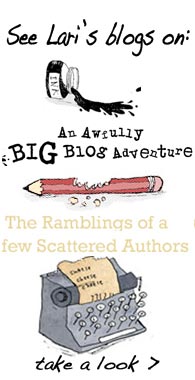
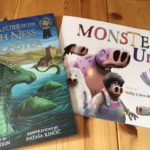
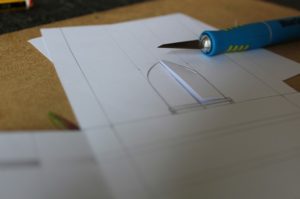
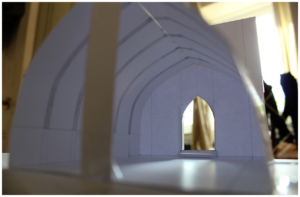
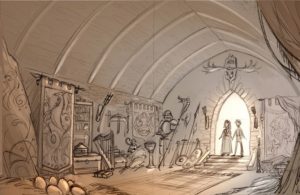
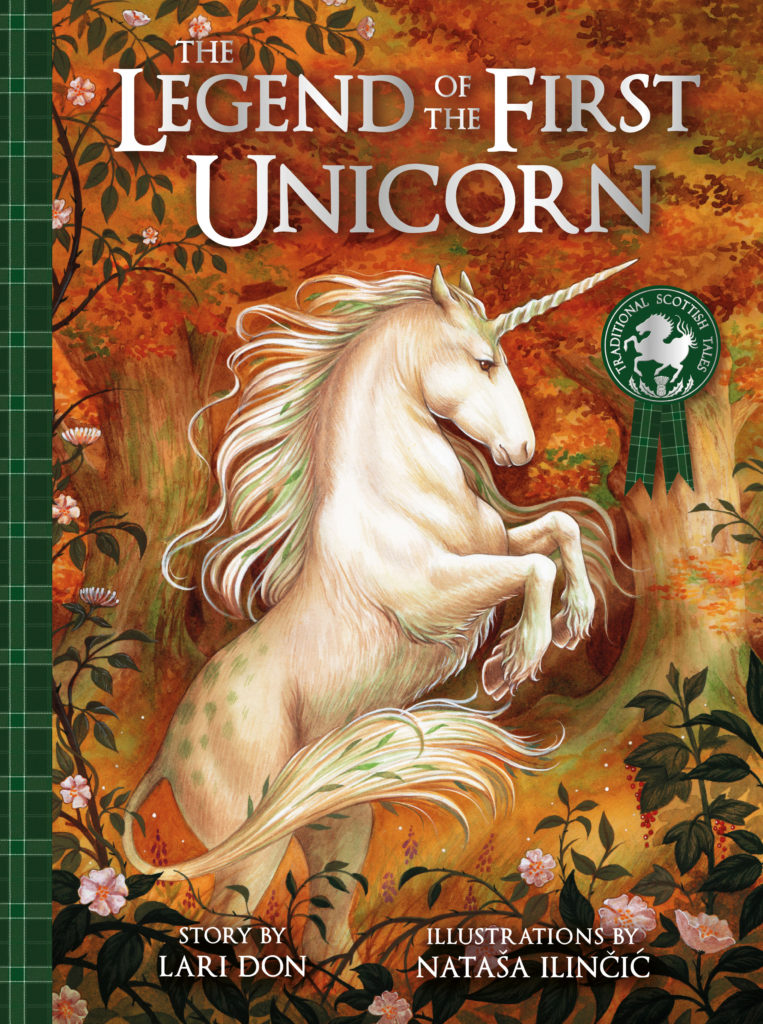
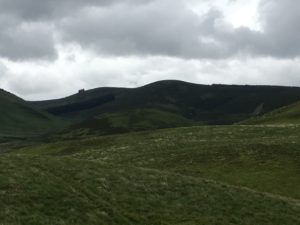

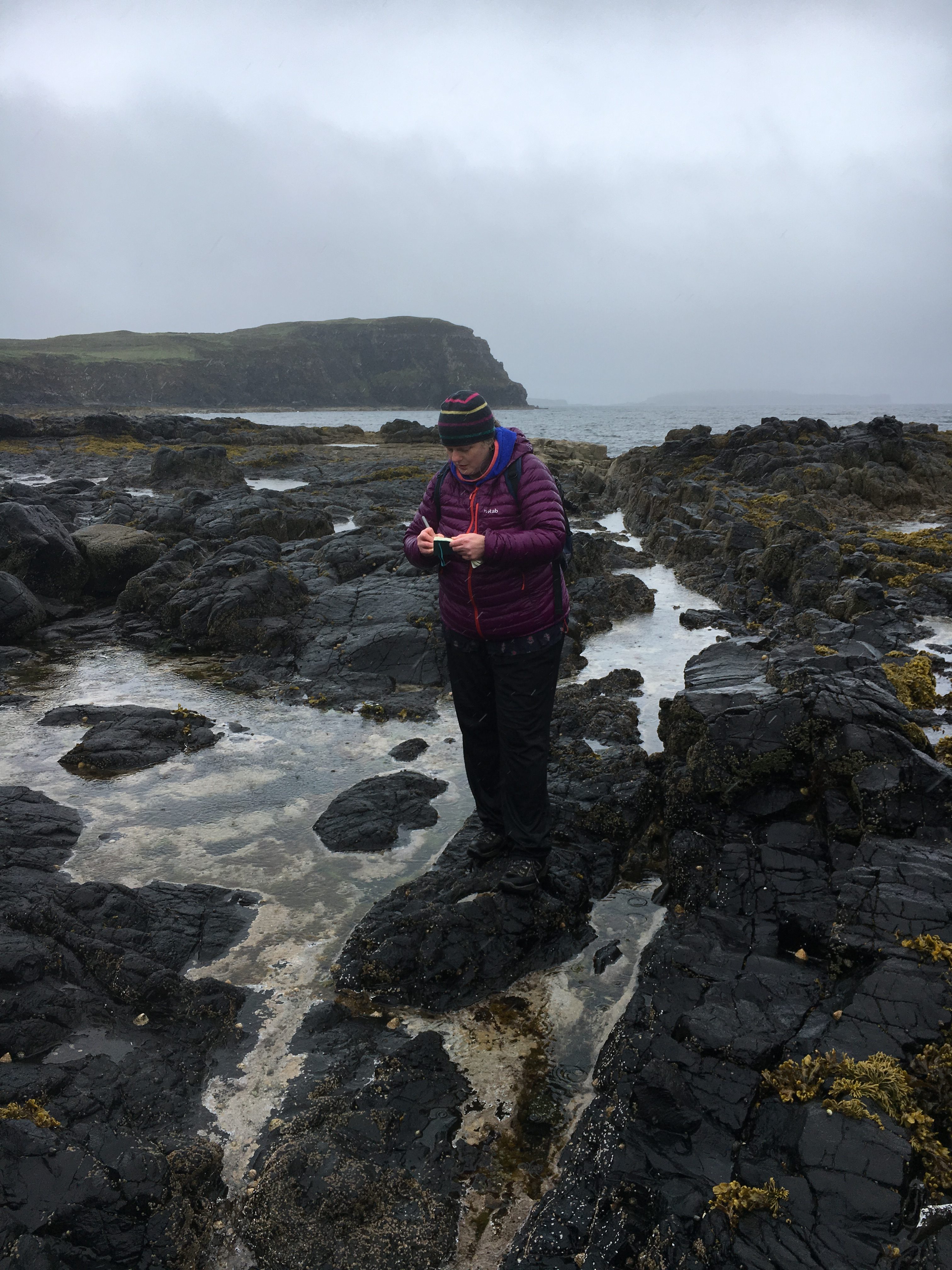
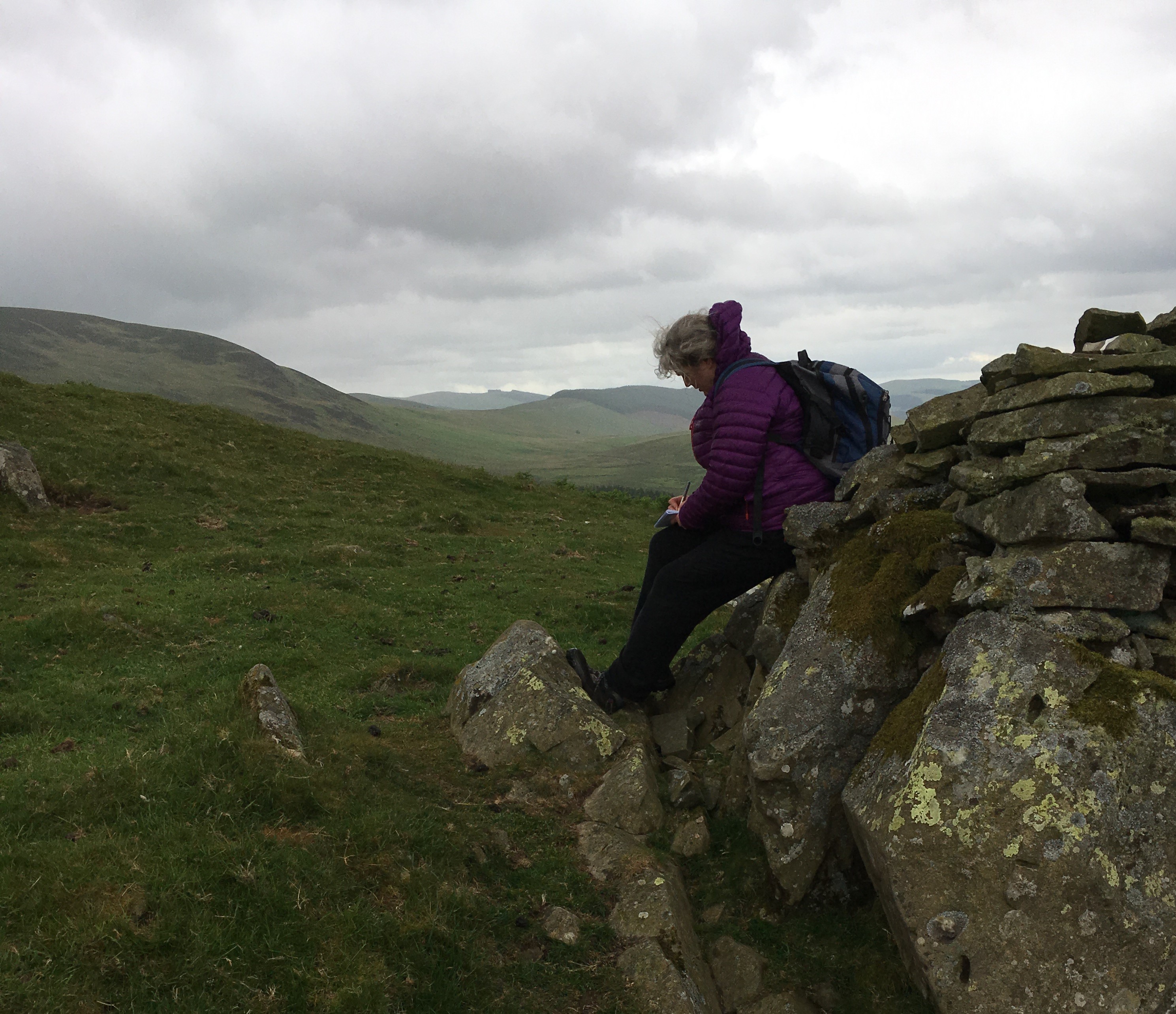
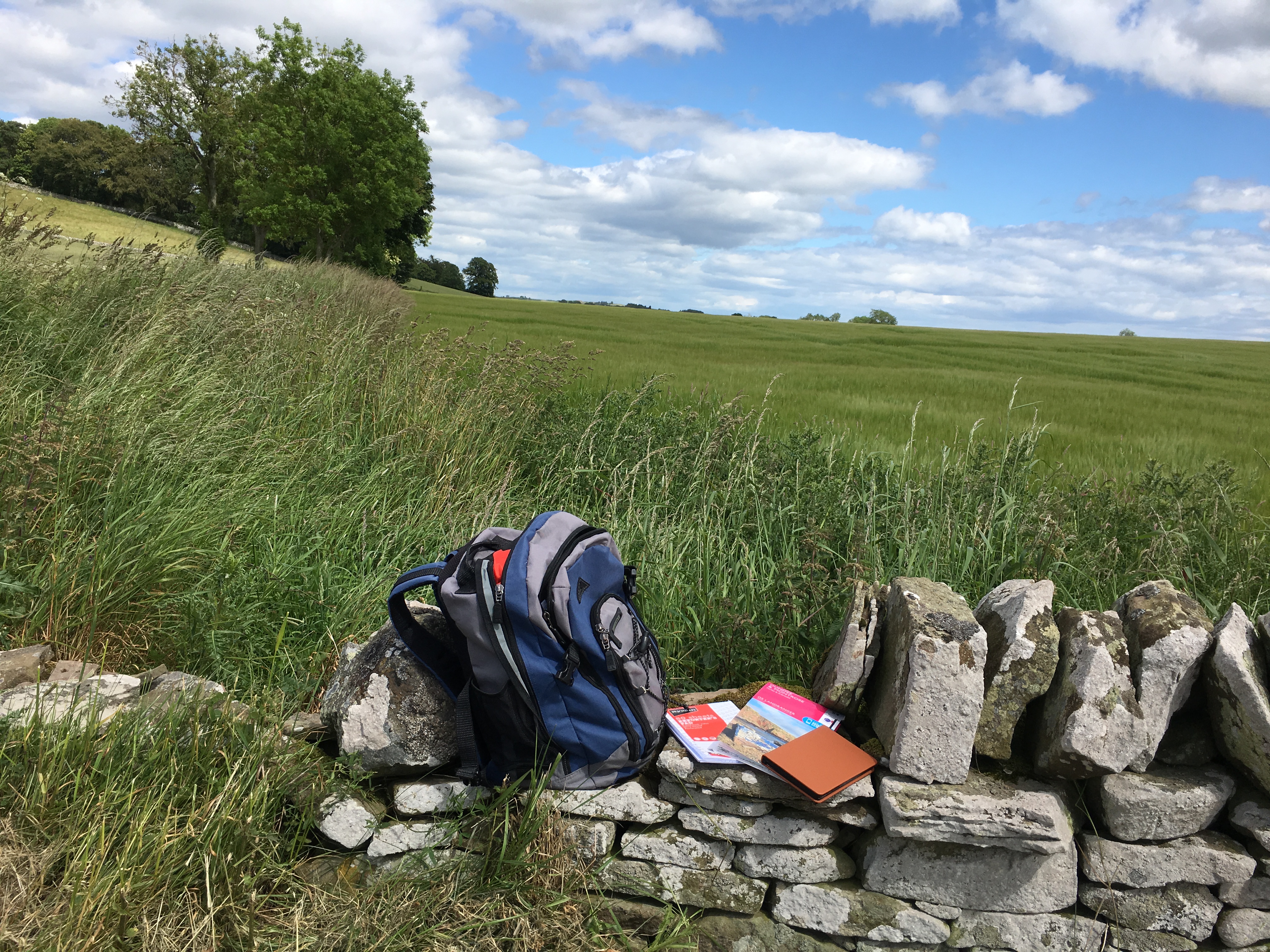
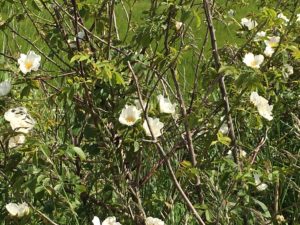
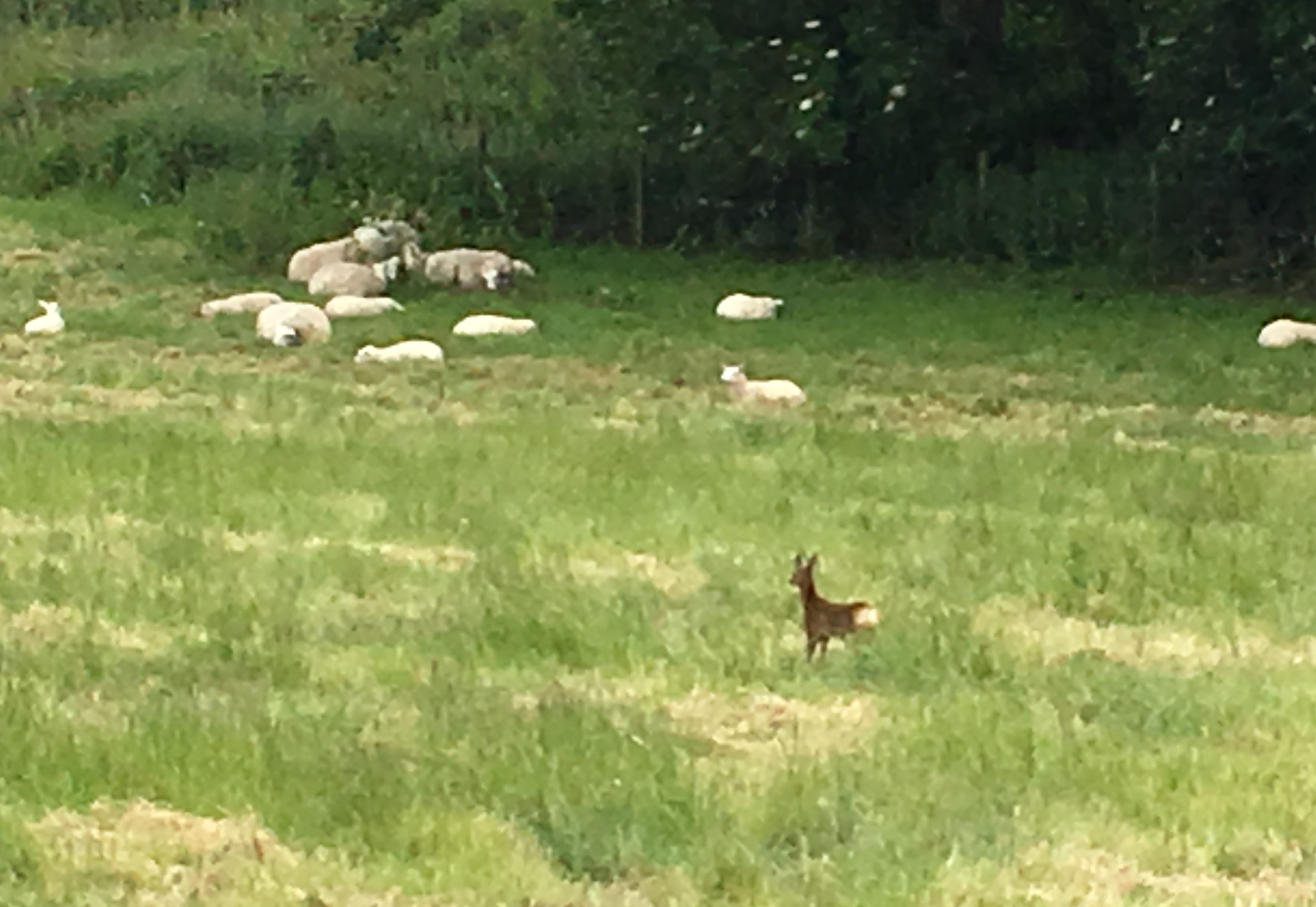
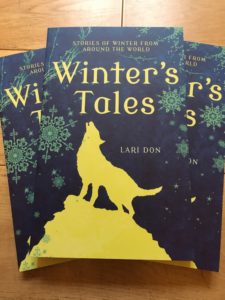
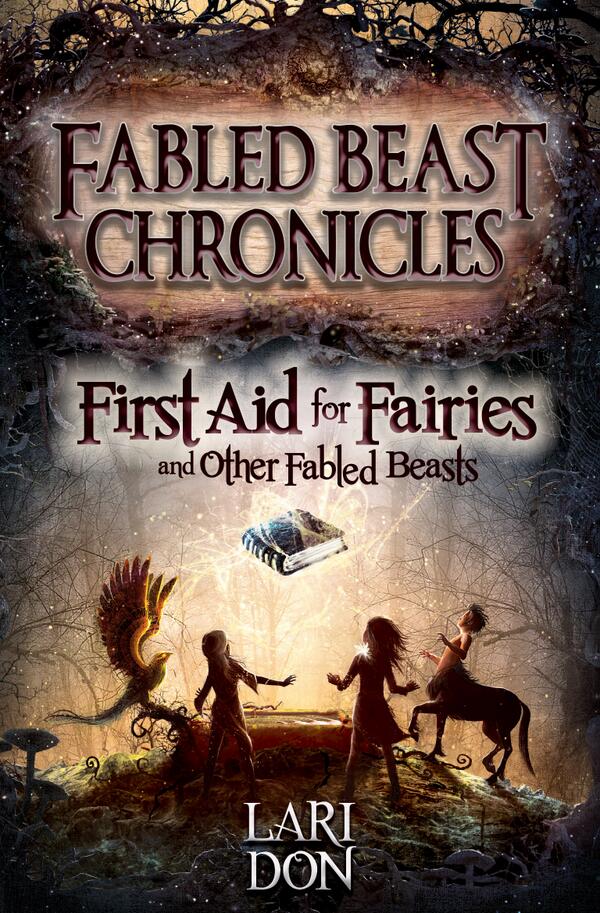
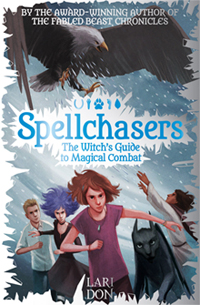

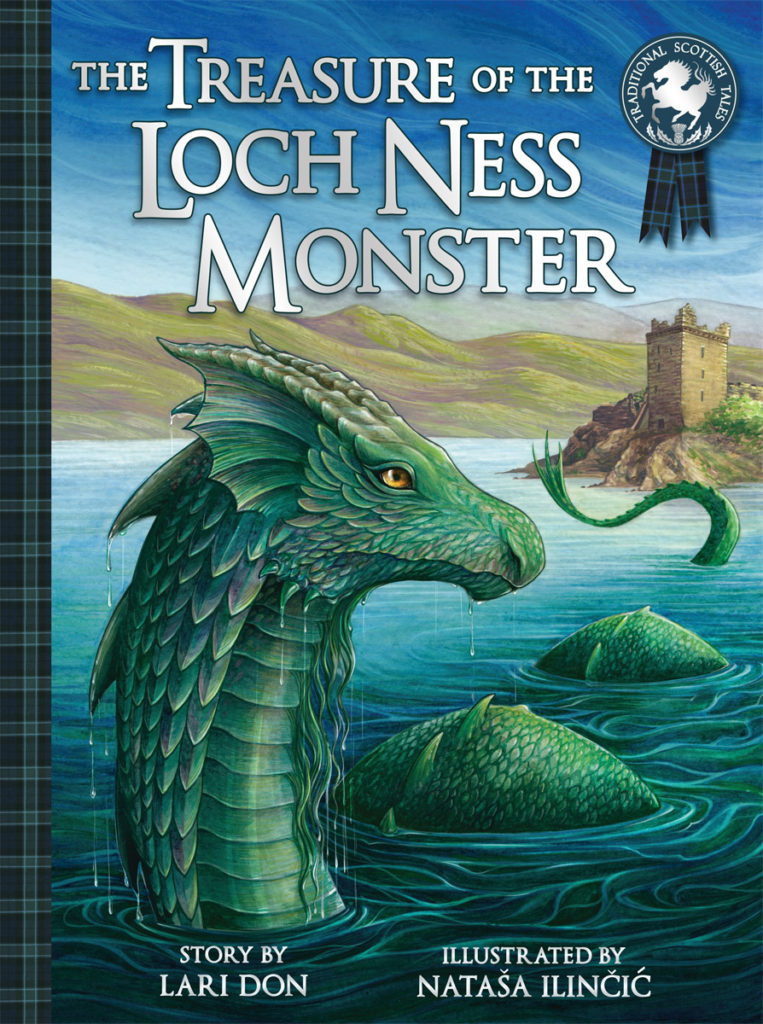
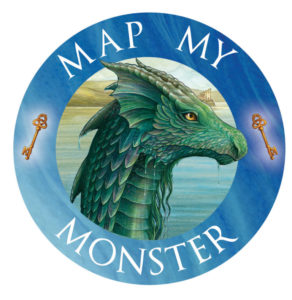
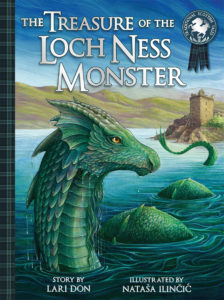
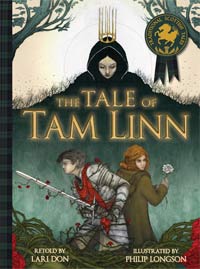
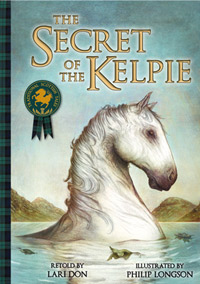
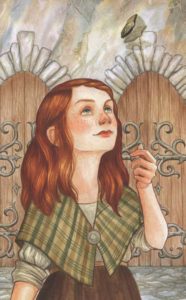
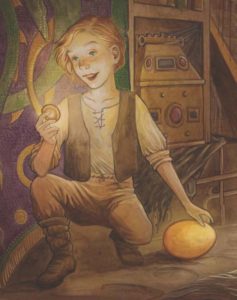
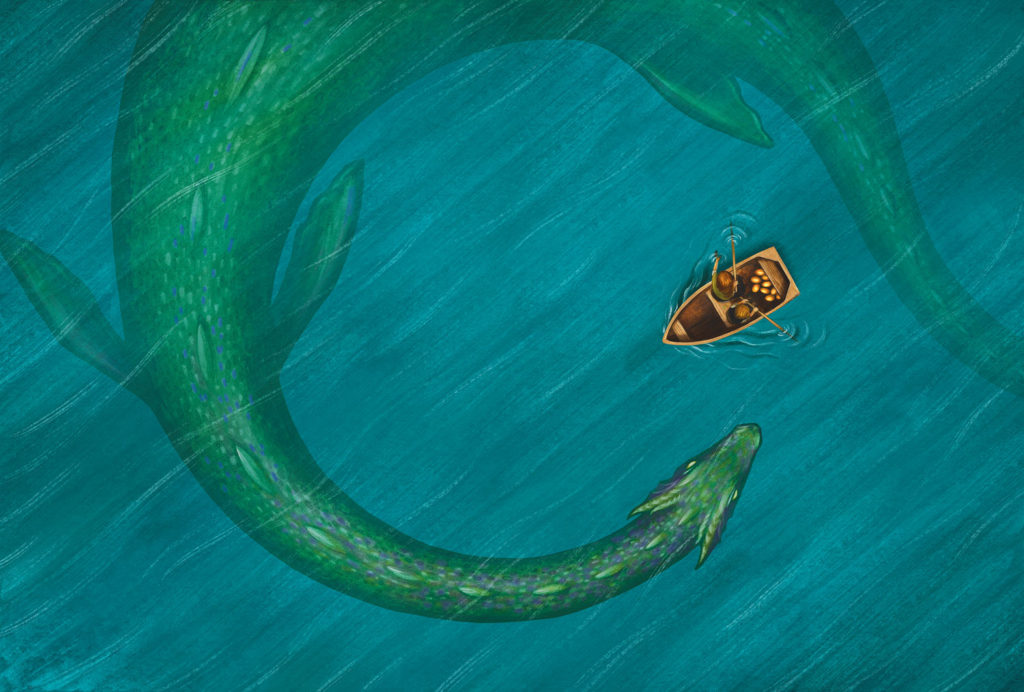
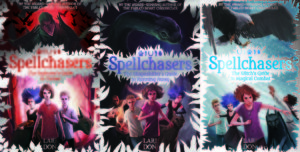
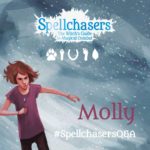
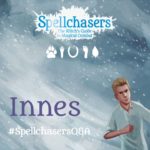
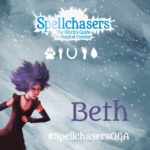
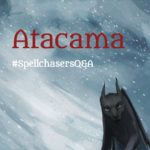
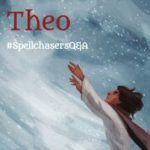
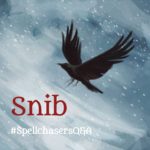
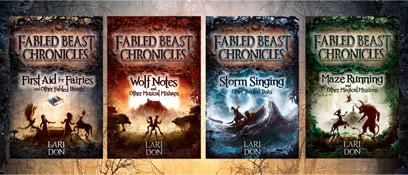
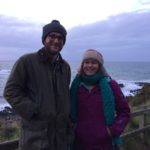
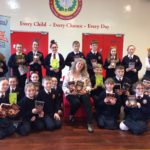
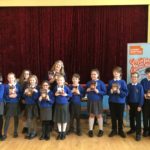
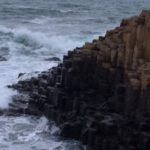
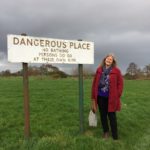

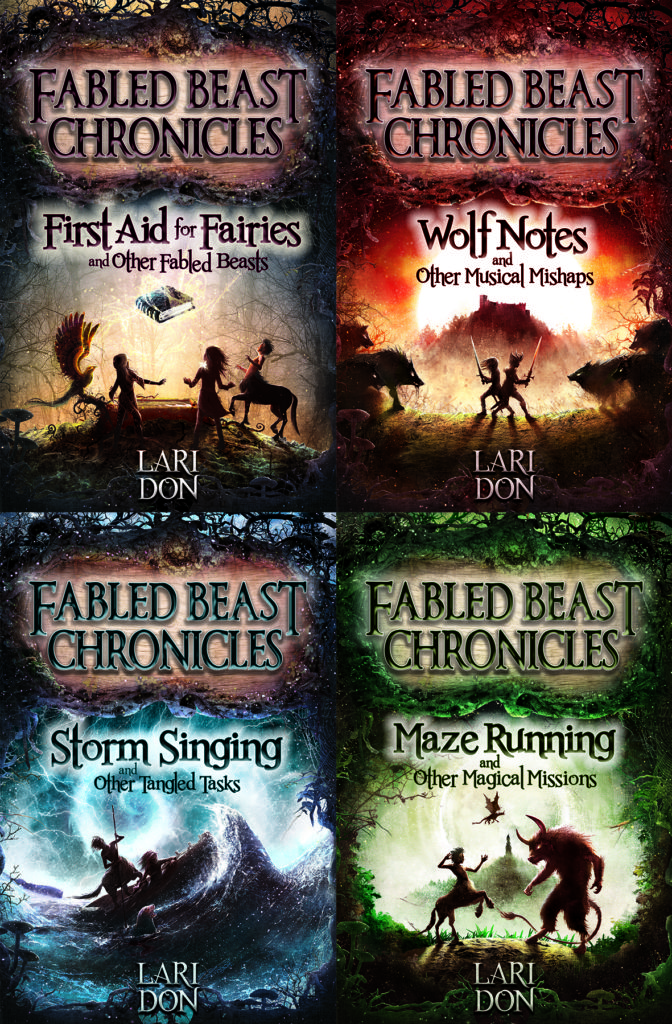
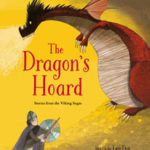
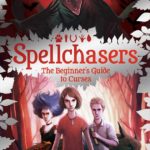
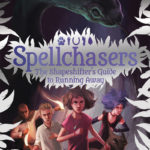

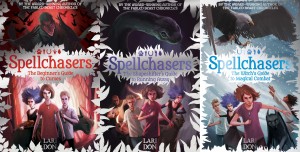
Recent Comments